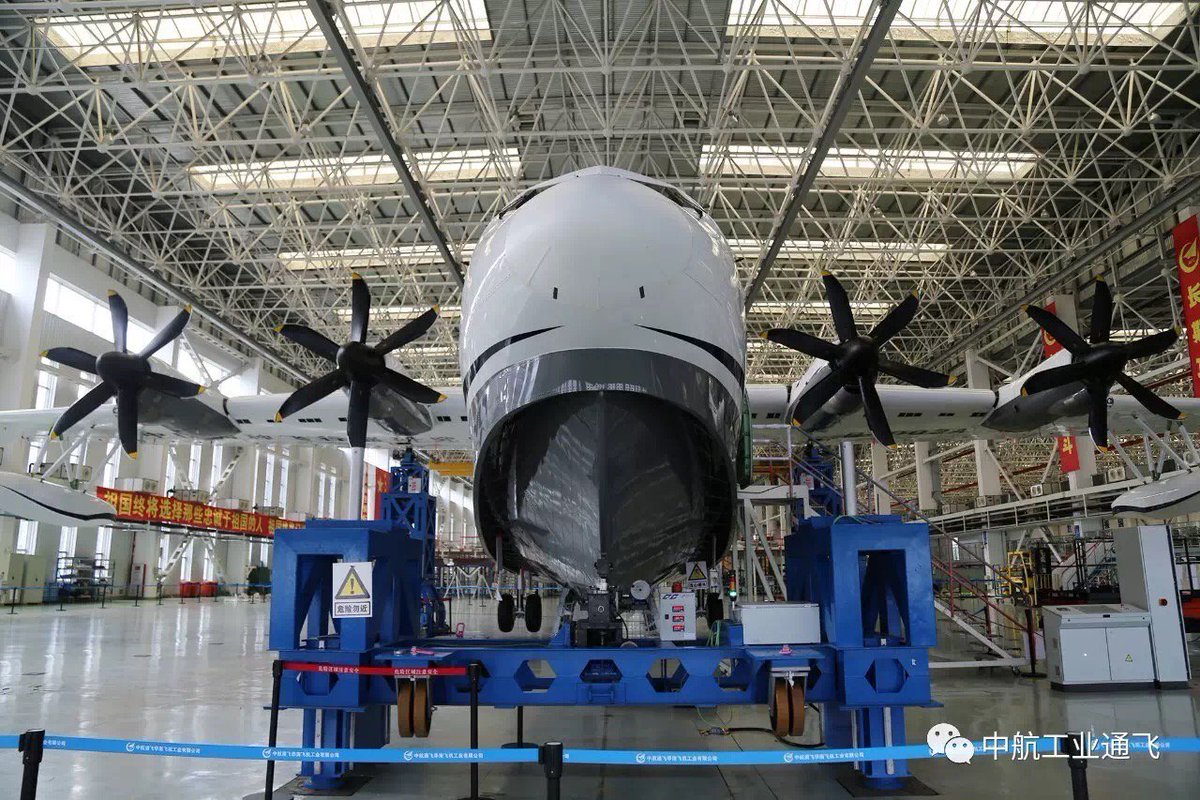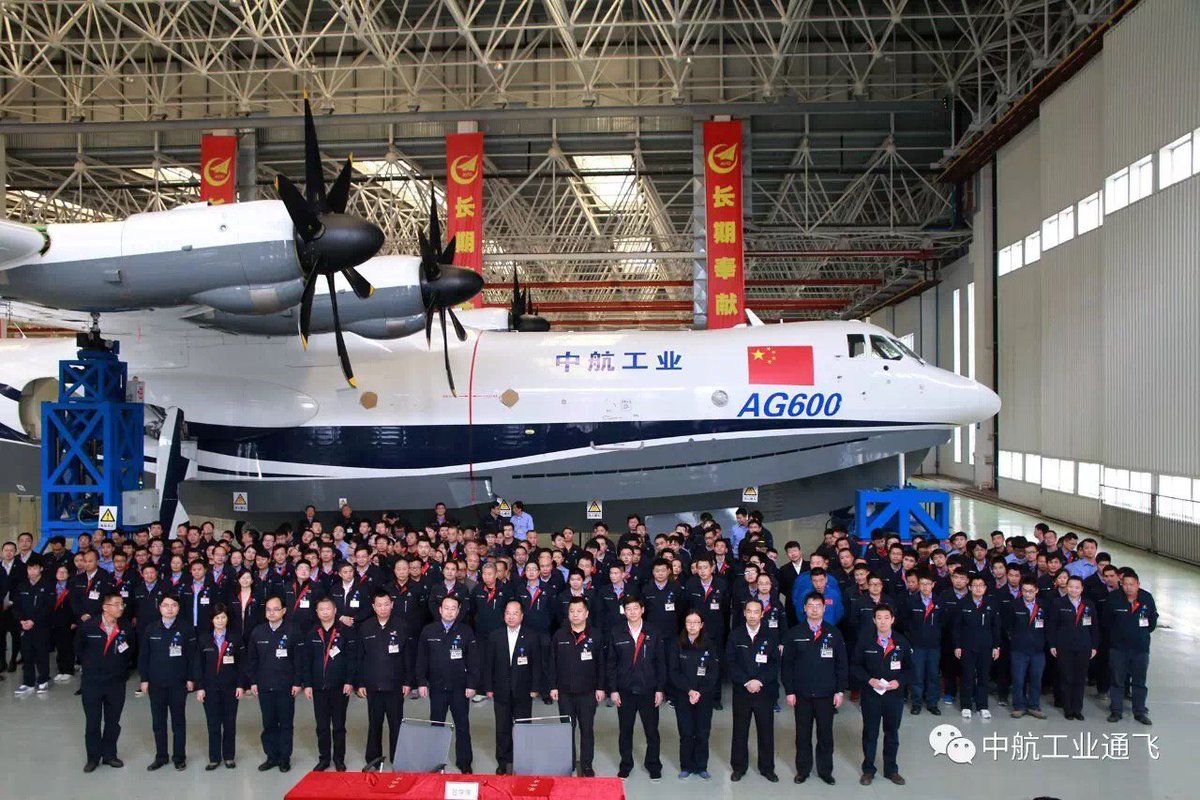SamuraiBlue
Captain
None of my previous comments are edited. Quote a passage from them where I claimed the airliner concept was HWB.
Agree. You have never mentioned it.
None of my previous comments are edited. Quote a passage from them where I claimed the airliner concept was HWB.
It may sound strange to you but matters are very much more complicated. Look at the, admittedly an old aircraft, but one that was made under licence in a country that at that time already believed deeply in small wing surfaces: the English Electric Canberra, built by Martin as the B-57.It still will not compensate the larger drag generated from a larger wing surface since all air liners are streamlined for optimal drag coefficient. Try again.
I saw a similar concept by NASA on AW&ST and it was meant for use as a cargo plane: no windows for passengers, no trouble with escape facilities for hundreds of passengers.No they are not blended since you can define the fuselage from the wings in that picture.
Basically a HWB transport's overall length and width will be shorter than a conventional plane with the same capacity that can be separated into a fuselage and wings since passengers will be seated within parts of the wing while the main body will generate lift as well reducing the over all length in both dimensions.
I saw a similar concept by NASA on AW&ST and it was meant for use as a cargo plane: no windows for passengers, no trouble with escape facilities for hundreds of passengers.
The hybrid wing-body (HWB) transport is not a new idea, various manufacturers and research institutes around the world has shown interest in the concept. Some small scale demonstrators has already been built and larger ones are being planned. The most famous project is probably the Boeing X-48 series.
This design still has a long way to go before entering commercial service, mainly because of challenges in flight control. There are also issues to solve in cabin arrangement. Less windows may be offset by improved in-flight entertainment but emergency exit design requires more careful considerations.
It is only normal for any country with an ambition in future airliner/transport design to venture into HWB studies, because such a design offers greatly improved fuel economy (rather than increasing drag and reducing efficiency). Boeing, NASA, Lockheed Martin Skunk works, and now AVIC all seem to agree. But I guess you're right, these institutions know nothing about aircraft design when compared to SamuraiBlue.
Do you realize that HWB and flying wings are two different things? Both Boeing and NASA called the X-48 a HWB, not a flying wing.
That is not a Hybrid Wing Body Transport.
The ones NASA and Boeing was studying was more like a flying wing where passengers would be seated in parts of the wing as well.The one above is just a passenger liner with large wings that is not blended into the the fuselage.
If you think that COMAC designers have no idea what HWB is, or that they are prototyping their future regional jet with shitty fuel efficiency because they don't know basic aerodynamic rules like wetted area leads to drag......well you can keep believing.
灵雀验证机是一款用于验证翼身融合气动布局客机低速气动特性、操纵性和稳定性的缩比验证机。它的原型是中国商飞公司新一代支线飞机的非常规气动布局的方案,该验证机旨在探索气动布局、飞控等领域的新技术,同时承担着建立一套完整的技术验证机研发流程和技术管理体系的任务。
Like I said earlier, HWB is not the same concept as a flying wing.I'm with SamuraiBlue on this one. There lacks a discreet transition between the wing and the rest of the fuselage and hence this aircraft would function very differently from a flying wing (the lift surface would not involve the central fuselage component).




